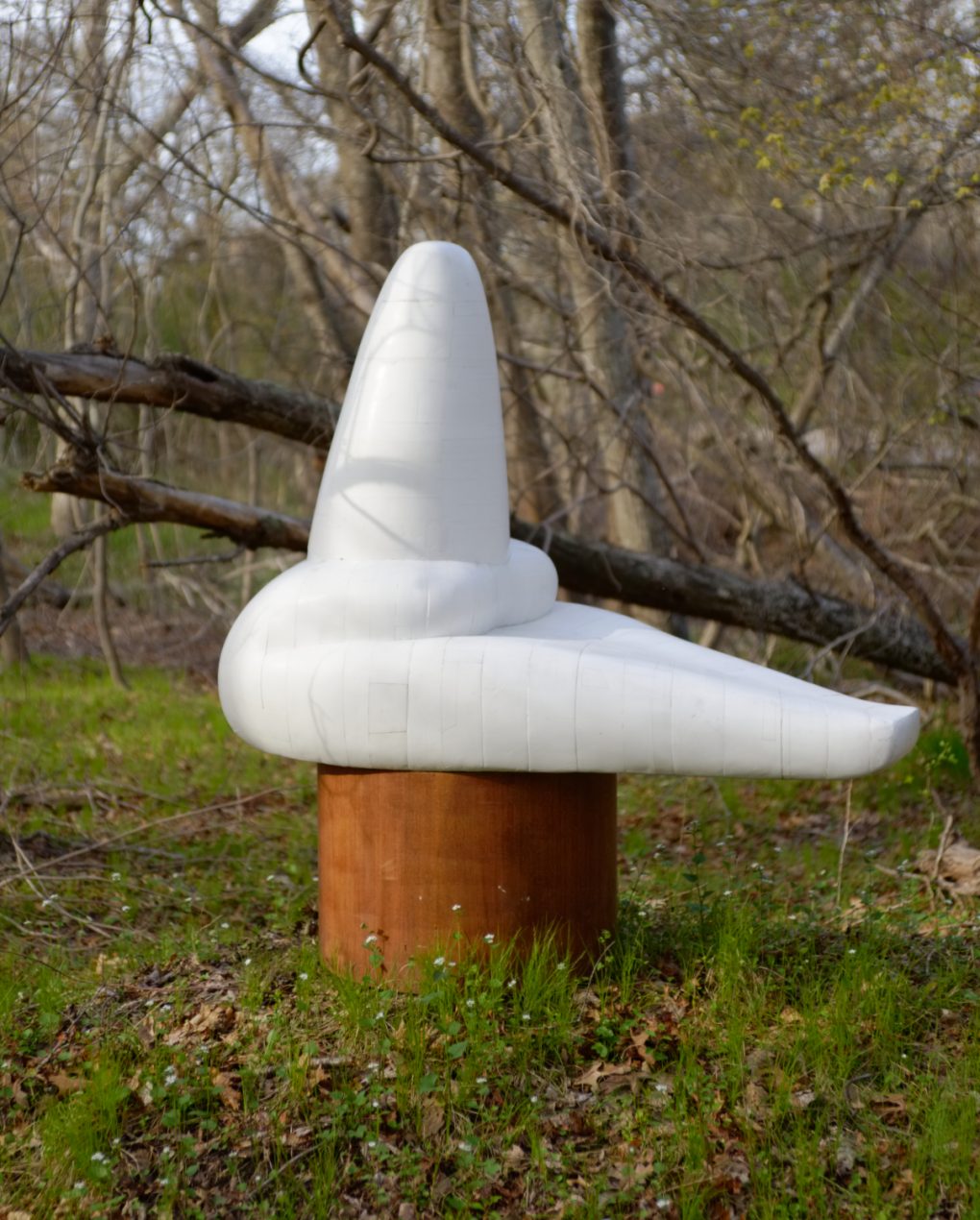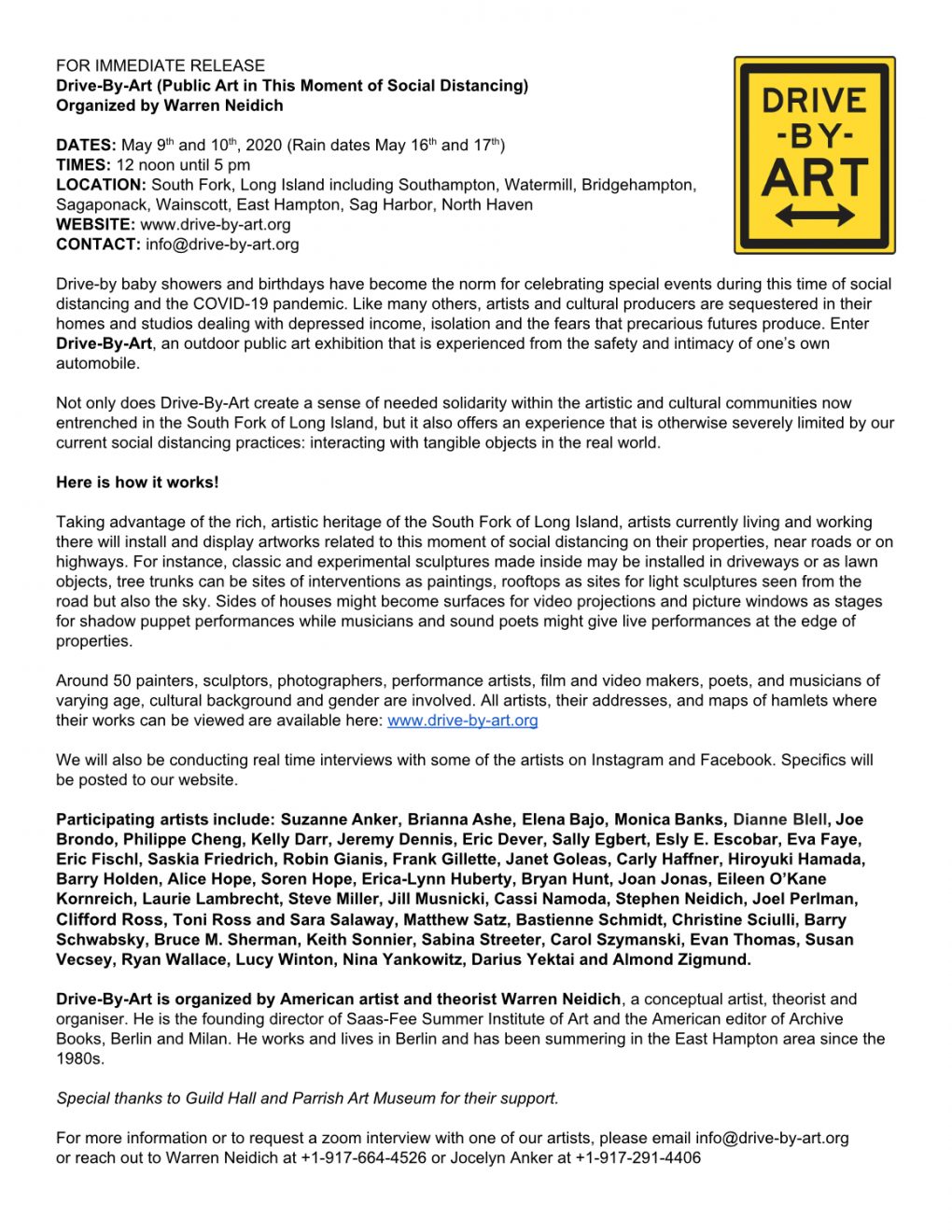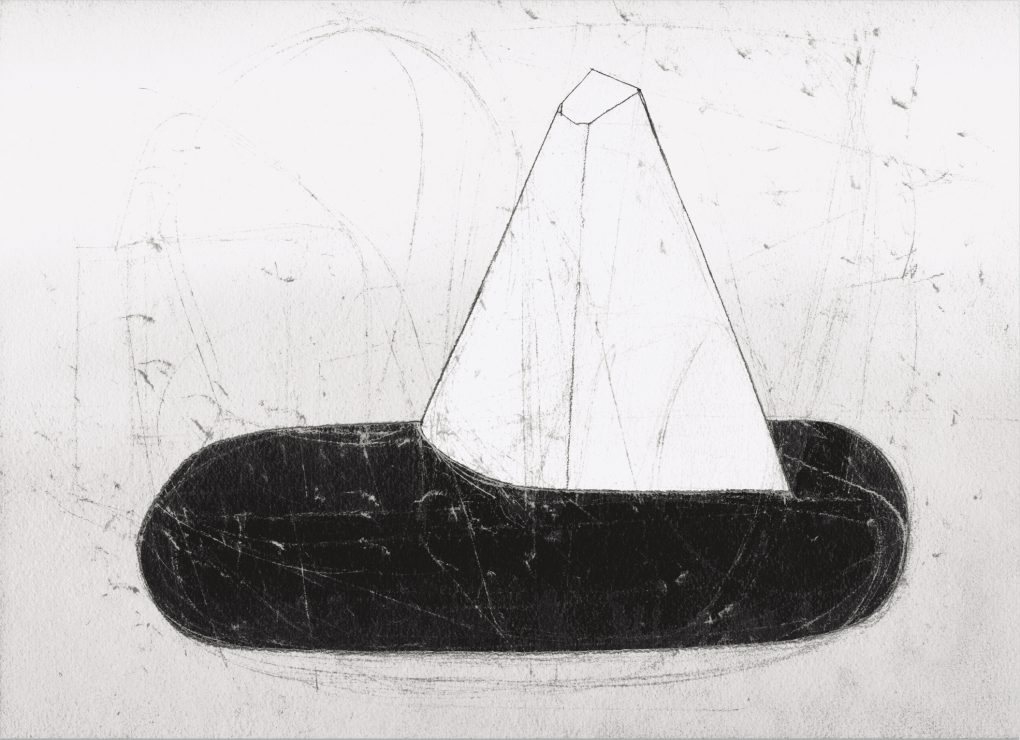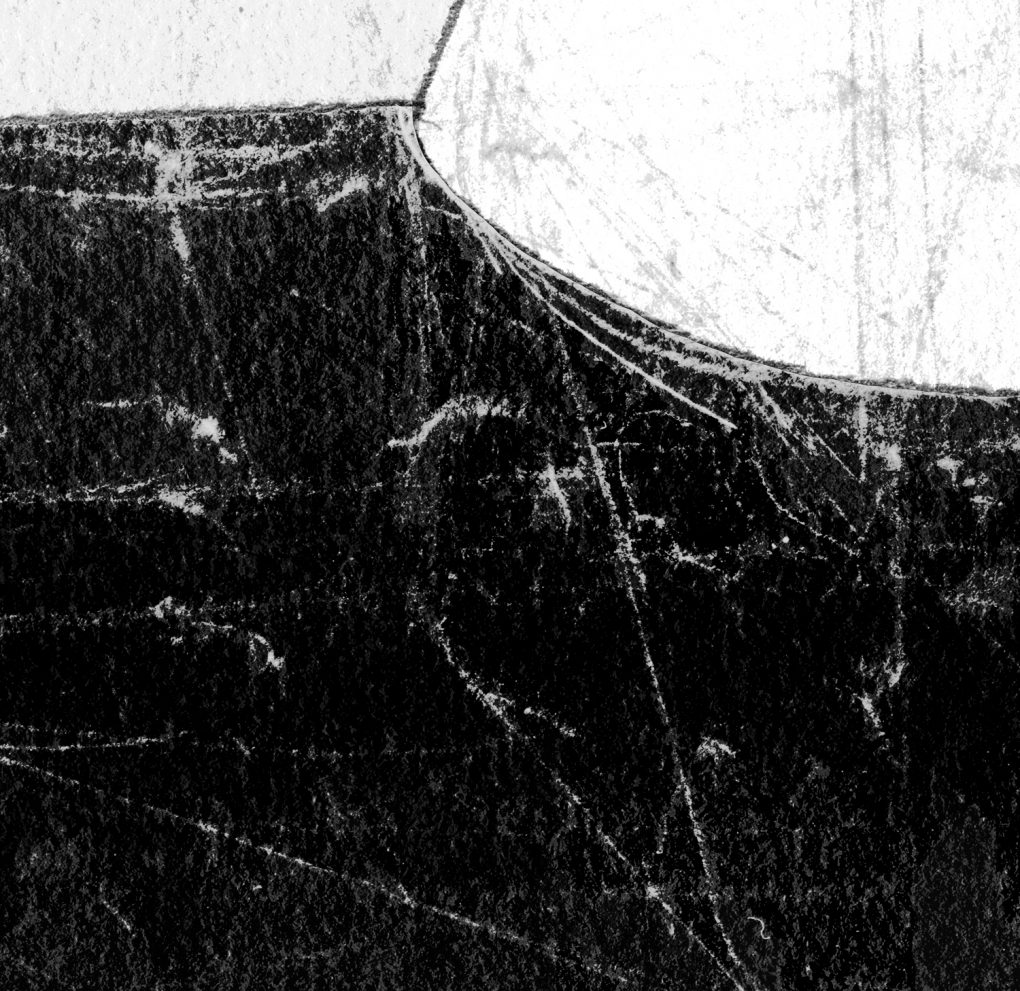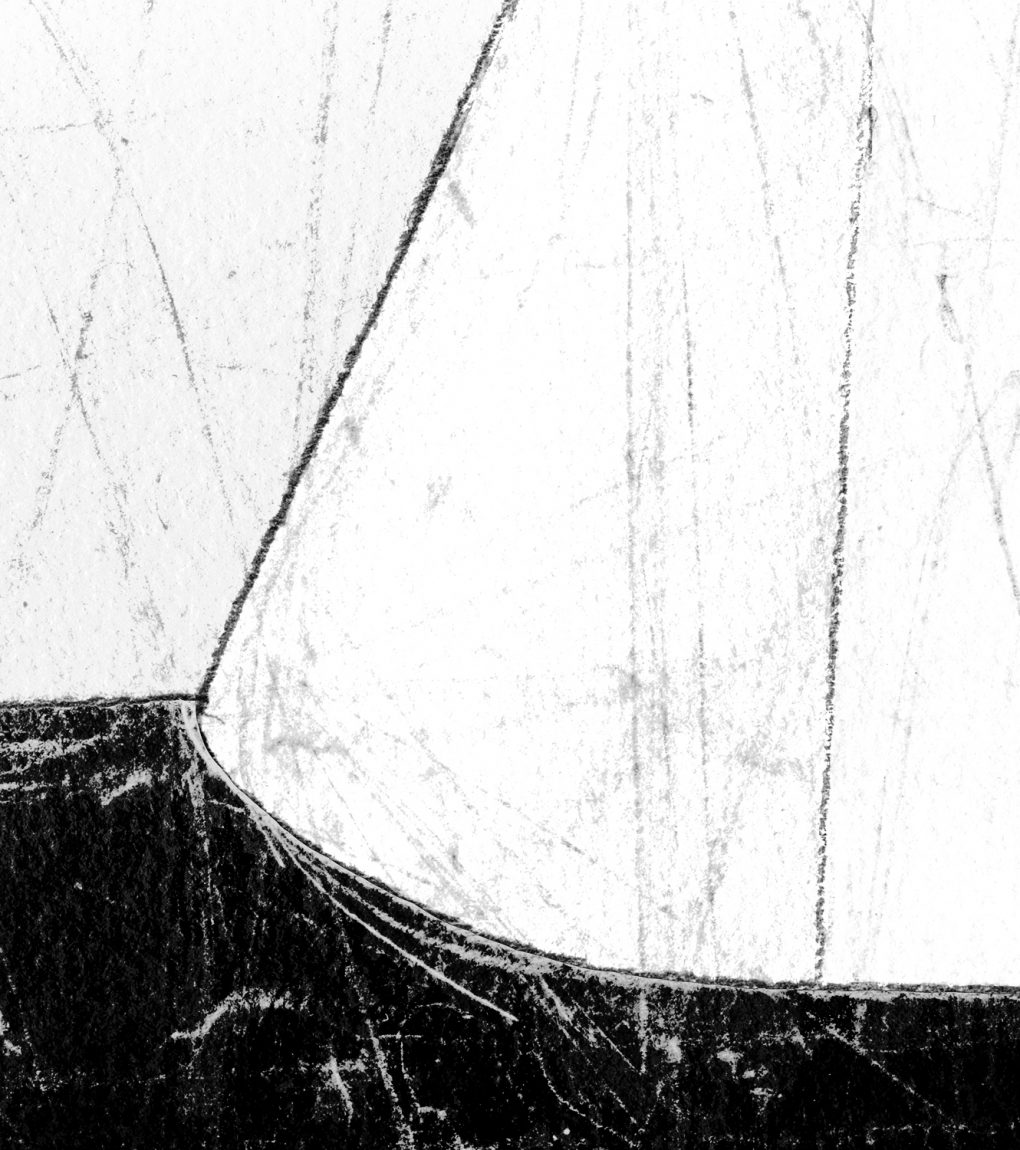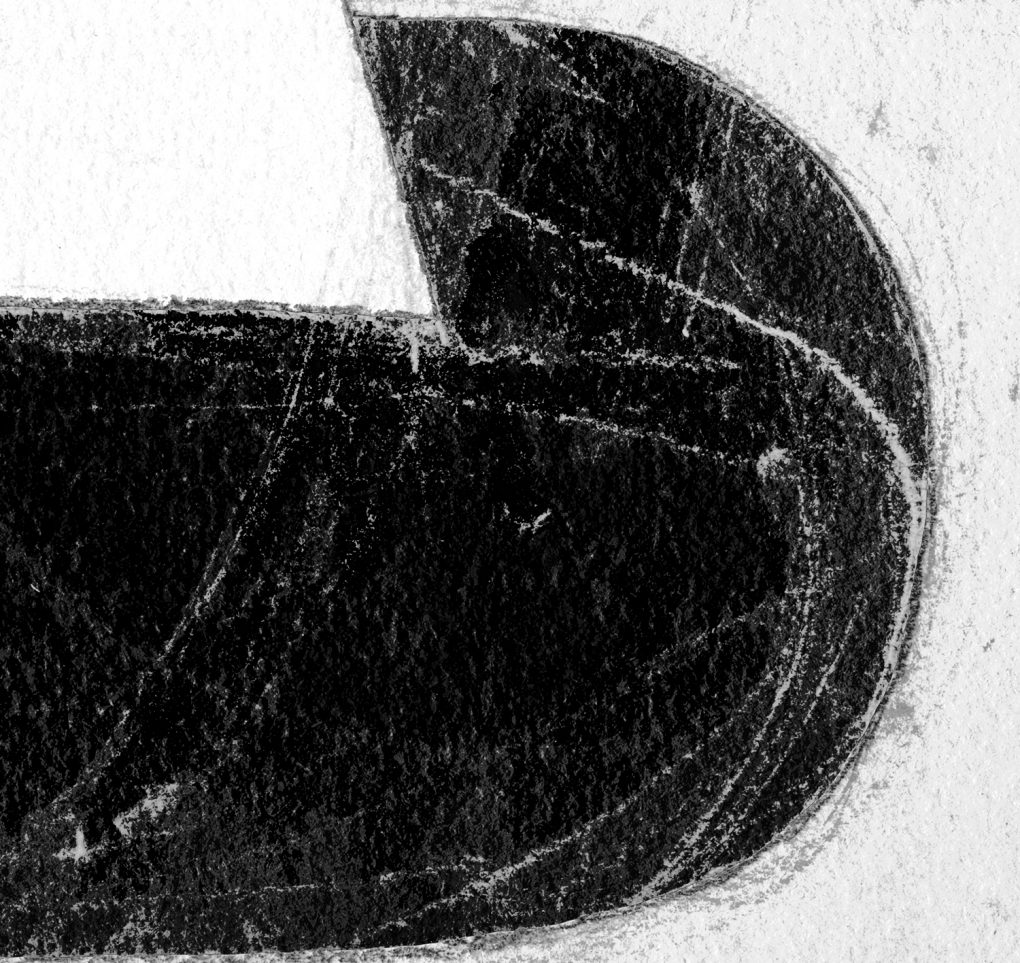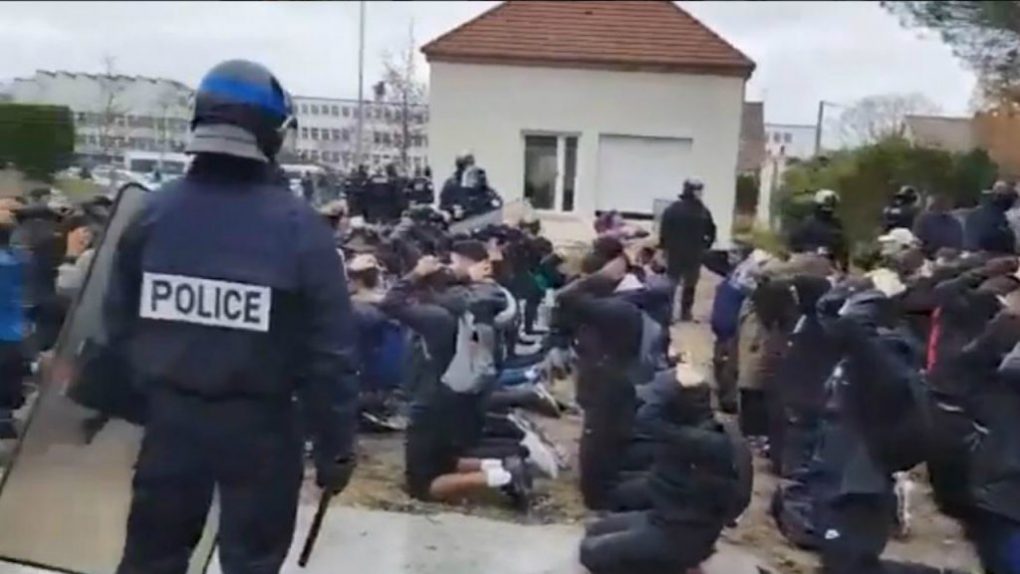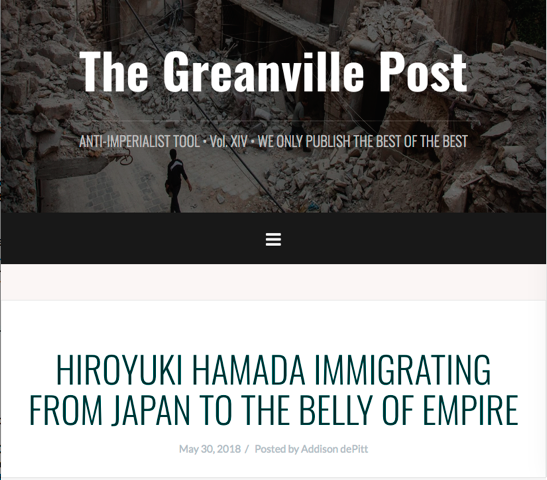-
New additions to the site, December 14, 2022
I asked my wife what I should write to go with this post. She jokingly said that I should write about why I make such weird images. I don’t know the answer to be honest. But I think things are weird. We stay in our routines, we observe rules, ideas, myths and beliefs flooding out of big corporate entities to remain “good citizens” of “democratic countries”. But when we take one step outside and look in, we see people hurting each other for nothing, people following ridiculous rules and people being forced to play clowns in a circus only to keep up with the status quo. People pay prices to stay in these invisible cages. The cages distort the bodies, the faces, the minds and the souls. The rosy promises and slogans are conditional, propping up the hierarchy governed by money and violence. Weird to see things upside down. Weird to see people sleeping on streets when rich people have many houses. Weird to see more money spent on bombs than healthcare, housing, and food for the people. Needless to say these things aren’t just weird, they are brutal and upsetting. So there is that. But when I work, I try to empty my head to feel visual elements for what they are, and let them speak; surely weird things come out, but profoundly fascinating things happen among them too, just as in real life. Perhaps it is a practice to find potentials among elements when they can interact on their own accord. Maybe they are like how life can be. Anyway, I’m posting because I just added 6 recent paintings of mine to my site. They are under Painting. You can see multiple views and details for each piece.
Studio update:
I’ve been working on new sculptures. The next set of pieces will be sculptures. -
everything is free now
In Art, Artist, Capitalism, colonialism, Culture, digitalization, empire, Exhibition, financialization, imperialism, News, outdoor art, Painting, public art, street art onI had a great time strolling around Brooklyn with Josh and David from everythingisfreenow.org a few days ago. It’s been awhile since everythingisfreenow.org left social media platforms. But of course that doesn’t mean they don’t exist. They’ve quietly placed hundreds of paintings on the streets of Brooklyn so far. If you know where to look, you see that their work has become a part of the cityscape. Their work has turned the public space into a place to appreciate and discuss art and life.
The language of art manifests as the language of life. No matter how hard the ruling class tries to digitize everything, financialize everything, commodify everything, colonize everything to mold everything into the imperial framework, life finds ways to build its social fabric on its own terms.
New York has gone through so much: Wave after wave of neoliberal restructuring have been inflicted in the name of fighting crimes, terrorisms, and the virus. The same people who define “crises” have been the ones who benefit from “the solutions”. The social hierarchy is maintained and continues to function as a machine of structural extortion. But life still persists as art on streets, community gardens, cooperative housing projects and etc. Seeing them up close and hearing about them from Josh and David warmed my heart.
Here are some photos from their website:
-
Drive By Art
In Art, Artist, Capitalism, creative process, Culture, Exhibition, Installation, new work, News, Sculpture onI’ve been asked to participate in an outdoor exhibition titled Drive By Art organized by Warren Neidich. It takes place on the eastern end of Long Island where I’m located. Artists come up with unorthodox ways to show art, and hopefully the event generates constructive discussions on the extraordinary situation we are in. This gives me an opportunity to try placing three of my sculptures outside, which I haven’t done before. Yesterday, my wife and I looked around the woods by our house and discussed how we go about it. We went ahead and placed one of the pieces at a spot my wife noticed. It was eye-opening to see the piece liberate itself at the spot. What a way to interact with nature. Of course, this is hardly new—countless artists prefer to show their work outside—but it’s better late than never. Oh well. We plan to place one right by the road,and we haven’t decided about the last one yet. Pretty exciting. The event takes place on May 9th and 10th, Noon to 5pm. Around 50 artists will participate. I will also make my recent essay available hoping that it will generate some discussions among us.
Please go to the website for more info:
-
New Print B18-03
I was so frustrated with this one that when I finished it the sense of relief overwhelmed my sense of accomplishment. But it’s always profound to capture something indescribable speaking so decisively. Practicing art making gives us courage to face the unknown, embrace it and appreciate it. If there is truly an essential meaning in “art education”, that’s what we can offer—to see the world for what it is, with the unknown, complexity, bigger dynamics, smaller dynamics, layers, interconnectedness and all to be constructive. Such an angle helps us to be a part of harmony for all, instead of a part of exploitation and subjugation for few.
-
Where do we stand to stand for humanity?
The image of French children with their hands behind their heads kneeling before heavily armed military police compellingly signifies the mechanism of capitalism.
Children are our future. Their courageous burst of humanity against injustice, exploitation and subjugation is a bright hope of our future. The system brutally mutilates it off of children with a sheer force of violence as they push them into an imperial cage of corporatism, colonialism and militarism.
The savagery of this act signifies the whole scheme as a domestication of humanity in harvesting profits off of the people.
The global capitalist hierarchy of brutality is facing itself as it relies on fear to maintain “democracy”, “freedom” and “humanity” within the cage. They were once head-chopping colonizers in Algeria. They destroyed Libya in a brutal armed robbery, massacring countless innocent people. As they fail to destroy Syria, the self-destructive momentum of contradictions and hypocrisy viciously assaults its own people.
We the artist face the dilemma of expressing what it is to be humans while firmly being stuck in the framework of corporatism, colonialism and militarism. We all struggle to find our own balance to stand in this precarious time. For all of you who struggle, I would like to say that you are not alone and I thank you for your struggle.
-
Hiroyuki Hamada Immigrating from Japan to the Belly of Empire
I had an opportunity to talk about being an immigrant, Japan, our society, politics and so on with Jeff J Brown. I think the interview turned out to be a very good one. I got to talk about making art as well.
Here is an excerpt:
“I think corporal punishment given to school kids when I was growing up in Japan taught me how a hierarchical order can be maintained for the sake of having the order. The resulting order can operate without meeting the needs and desires of subject populations, sort of like schools or prisons. And capitalist society also maintains itself by economic punishment. What’s prominent about an order maintained by fear, threats, violence and so on, is that it forms itself regardless of each individual’s intrinsic connection to self, to others, to communities, to nature and so on. It is a way to form a social structure, but it is also an effective way to detach subject populations from their true human nature. This is a crucial step in commodifying basic human rights to be turned into profit. This is why capitalism is so effective in forming and perpetuating a hierarchical order while dehumanizing the population drastically, without even their knowledge. I think we as a species should be able to do better than that. The survival of our species depends on it, I think.
Also, the art making process has taught me that in order to come up with a profound solution for a given work, one needs a certain amount of humility, ability to observe elements, openness to accept change, willingness to trust, accept unknown elements, patience to learn the systematic mechanism and so on. These conditions often contradict each other, and they push and pull each other in the process, however, the key to grasping a working mechanism is to understand how the elements act according to their intrinsic characters and their guiding rules. They do not come to a profound formation according to the punitive measures of a master mind. I mean, I can just chop up my canvas and sell them as materials, but that would not realize the potential of the elements. So, what I sense is that we need to incorporate that sort of building process in our society, which truly accounts for the needs of the people, in order to go beyond the neo-feudal hierarchy of exploitation and subjugation. The harmonious whole, with its meaningful mechanism to move our beings does not result from an authoritative coercion. Having honest dialogues with facts placed in objective historical contexts can be a good start for us, I believe. As an artist I can feel that there would be profound results waiting for us.”
HIROYUKI HAMADA IMMIGRATING FROM JAPAN TO THE BELLY OF EMPIRE
